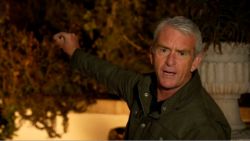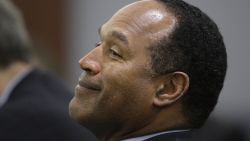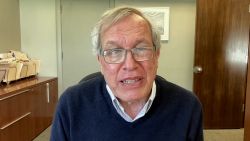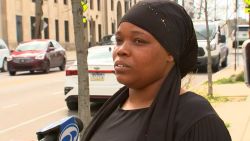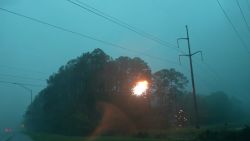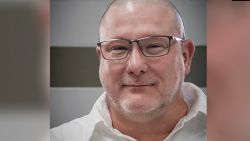Hours after a deadly 6.4 magnitude earthquake rocked Puerto Rico, people on the southern coast fear more homes could collapse and most of the people on the island remain without power.
Tuesday’s quake – the strongest and likely the most damaging of a series of quakes that have hit the island since December 28 – left a man dead, caused dozens of homes and structures to crumble and cut power and water service to swaths of the island.
Gov. Wanda Vázquez Garced declared a state of emergency and activated the Puerto Rico National Guard as she pleaded with people to remain calm and prepare for aftershocks.
“We have responded to many difficult situations, and here we are once again,” Vázquez said.
Engineers were working to reestablish service to close to 300,000 of the island’s 1.1 million utility customers who were without water service Tuesday, Vázquez said.
The 6.4 quake struck at 4:24 a.m. (3:24 a.m. ET). It centered off Puerto Rico’s southern coast, about 6 miles south Indios, a town of about 1,500 people, the US Geological Survey said. Several aftershocks followed, including a magnitude 5.6 temblor striking south of Indios at 7:18 a.m., USGS said.
In Guanica, families sat on white plastic chairs and cots in the parking lot of the Mariano “Tito” Rodriguez Municipal Coliseum. About 255 have taken shelter there since a 5.8 magnitude quake shook the US territory Monday, but officials now fear the building is not stable.
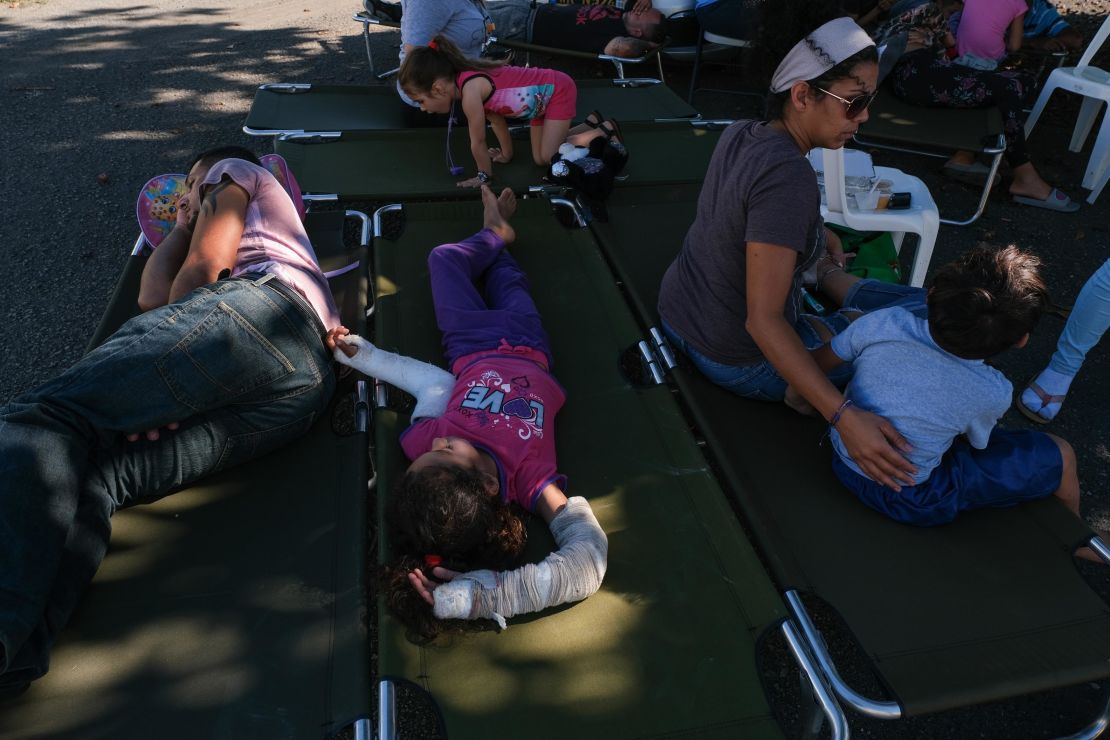
“My home is like a hammock,” Guanica resident Hector Cruz said. “It’s like a drill coming from underneath the home.”
The earthquakes come after Hurricane Maria devastated the US territory in September 2017, and many in southern Puerto Rico say the earthquakes’ damage is worse.
“There’s no warnings for this,” Puerto Rico Police Commissioner Henry Escalera said about the earthquakes. “A hurricane gives us time to plan ahead.”
When asked what concerns him most about the quakes’ aftermath, Escalera said, “That homes will not be safe to live in and the possibility of a collapse that will cause a person’s death or serious injuries.”
1 dead, homes and church collapsed
In Ponce, roughly a 15-mile drive east of Indios, a 77-year-old man was killed and at least eight others were injured Tuesday, the city’s emergency management director, Angel Vasquez, said.
More than 400,000 of Puerto Rico’s 3.1 million people would have felt strong shaking, the USGS estimates, though the entire island would have felt lesser effects.
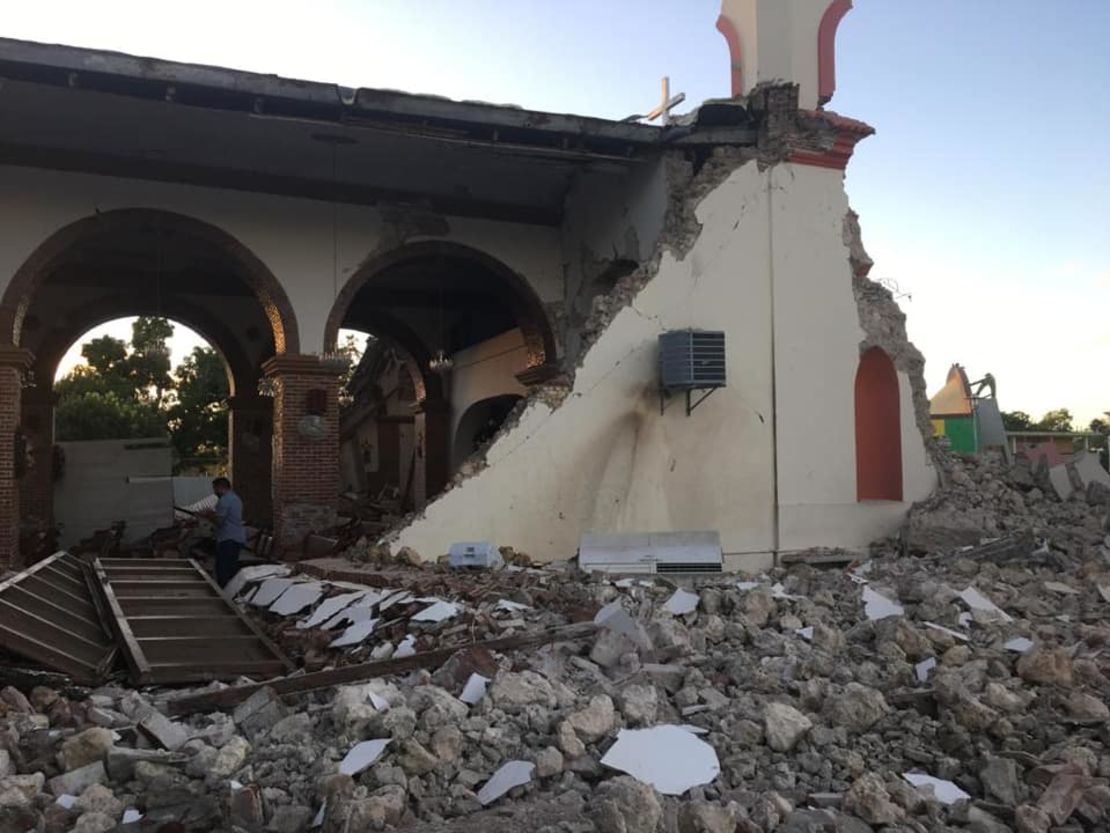
Authorities provided tents to help residents sleep outdoors Tuesday night, Guanica Deputy Mayor Zulma Bracero said. Nothing seems safe, she said, and the situation is worse than Maria’s aftermath.
Riko Gonzalez and his parents were sleeping in their home in Yauco, near Indios, when the 6.4 quake struck. They awoke to a rumble and scurried out of the house. China and glasses smashed on the kitchen floor, he said.
It was “horrible, nothing compared to the (magnitude) 5s from yesterday,” Gonzalez said. “People are afraid to go to bed, to then be woken up to worse earthquakes than the day before.”
In Guayanilla, north of Indios, the Inmaculada Conception Church was in ruins. Part of an exterior wall collapsed, and piles of rubble lay on the ground, pictures posted to Facebook show.
Homes also were damaged in Guayanilla, Mayor Nelson Torres told CNN affiliate WAPA.
The Guayanilla area already was counting losses from a day earlier. A significant tourist attraction, the coastal Punta Ventana rock formation and arch, collapsed in Monday’s shaking, the mayor said.
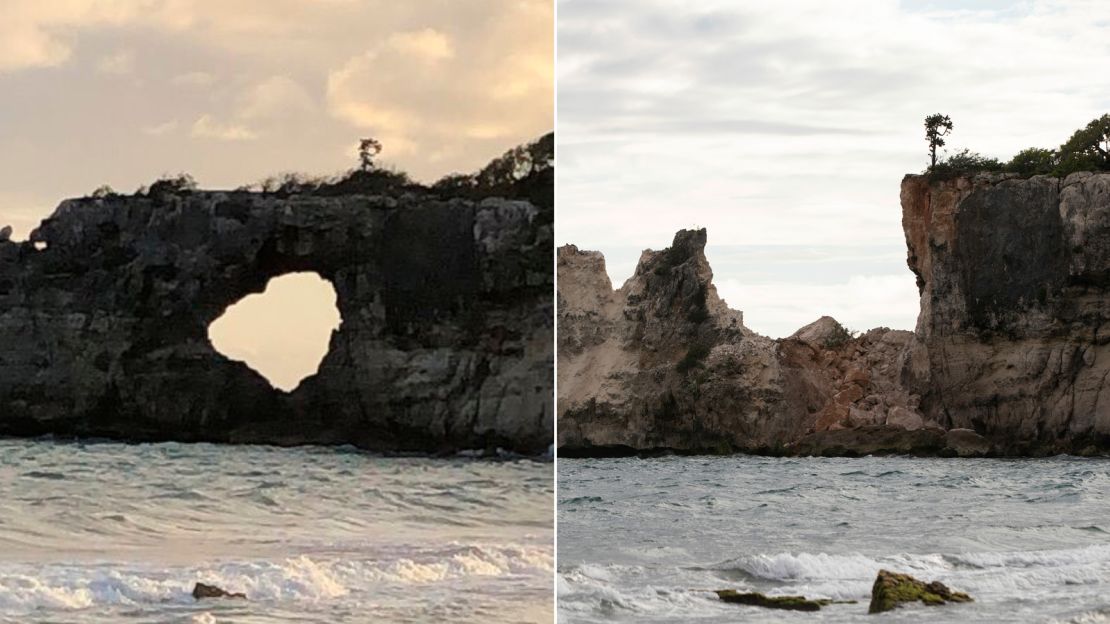
Workers at Hospital Damas in Ponce were evacuating all patients except for those in intensive care, Executive Director Dr. Pedro Benitez told WAPA.
“(Patients) were running around the hallways, so we had to get them out of the building for their own safety,” he said.
It could be the worst quake in more than 100 years
Tuesday’s quake continues a series of seismic events that have shaken Puerto Rico for 11 days. Hundreds of small earthquakes have hit the island since December 28, the USGS says, including at least 29 over magnitude 4.0.
Monday morning’s 5.8 tremor struck south of Indios. The quake damaged some homes in Guanica and Guayanilla, but no serious injuries were reported.
The earthquakes appear to have been foreshocks to Tuesday morning’s larger quake, CNN meteorologist Pedram Javaheri said.
Tuesday’s quake “will trigger aftershocks, but these will decrease in frequency over time,” the USGS said.
It likely will be the island’s most damaging earthquake in a century.
In 1918, a strong quake shook Puerto Rico, causing a tsunami and resulting in 116 deaths and economic loss of $4 million, two times the island’s annual budget at the time, according to the Puerto Rico Seismic Network. That’s about $73 million today.
It’s the largest earthquake to hit Puerto Rico since 2014, when a 6.4 magnitude quake struck 61 miles northeast of the island. It briefly disrupted power but caused only minor damage to Puerto Rico, as it was centered much father off shore than Tuesday’s earthquake.
Puerto Rico could see billions of dollars in damage, expert says
The full extent of damages is unclear, but experts say the island could need hundreds of millions of dollars in aid.
One expert, Chuck Watson, an analyst with Georgia-based disaster research group Enki Research, believes the quakes could cost the island up to $3.1 billion in losses, he said.
The estimate includes damage to public and private property, and lost tourism, wages and business due to power outages. USGS estimates the earthquakes could cause losses of more than $100 million.
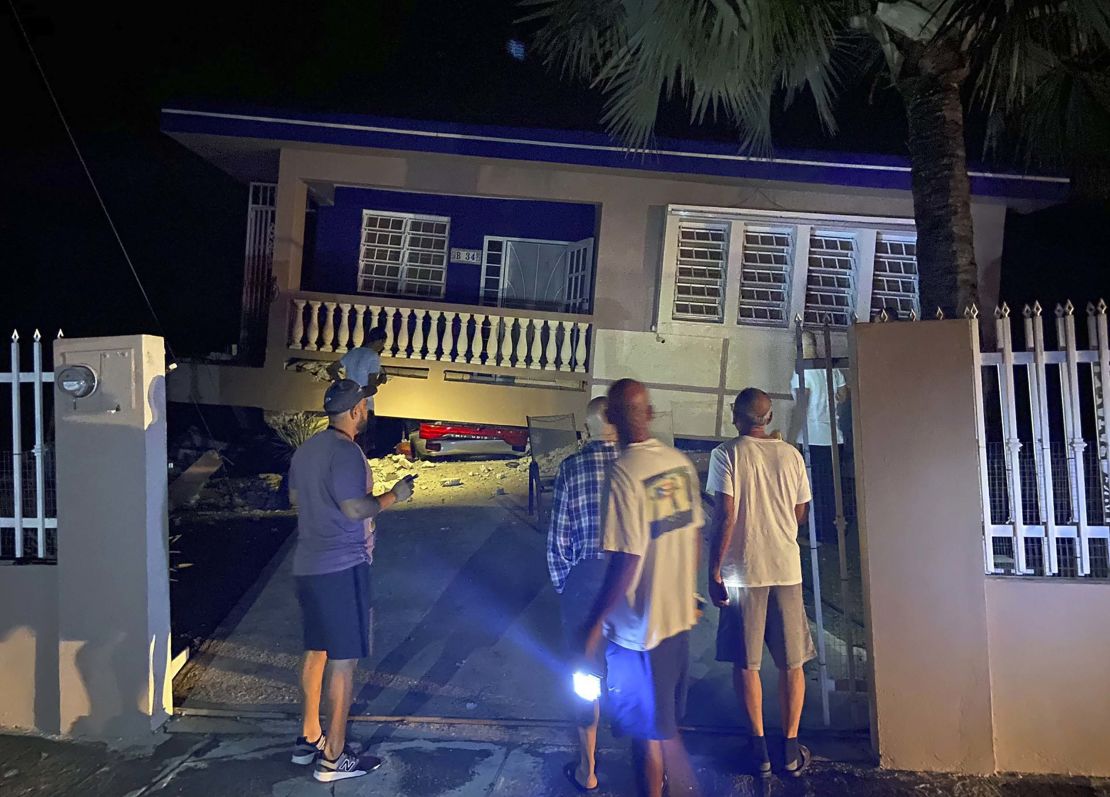
Watson’s estimate includes how multiple aftershocks can potentially damage weak structures, as well as the lingering damage left by Hurricane Maria, he said. Some of the infrastructure damage from the 2017 storm still is not repaired, the American Society of Civil Engineers says.
Following hurricanes Irma and Maria, Congress appropriated $42 billion to the recovery effort, $16 billion of which went through FEMA, $20 billion through Housing and Urban Development, and the remainder through more than a dozen smaller agencies.
Only about $14 billion of the funds has been spent.
CNN’s Leyla Santiago reported from Puerto Rico, Nicole Chavez and Jason Hanna reported and wrote from Atlanta. CNN’s Paul Murphy, Angela Barajas, Tina Burnside, Hollie Silverman, Joe Sutton, Ana Melgar Zuniga, Judson Jones and Roxanne Garcia-Bell contributed to this report.





